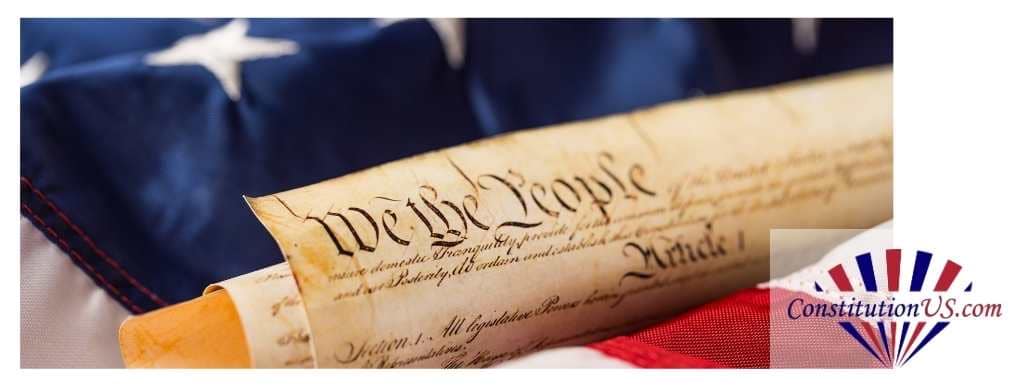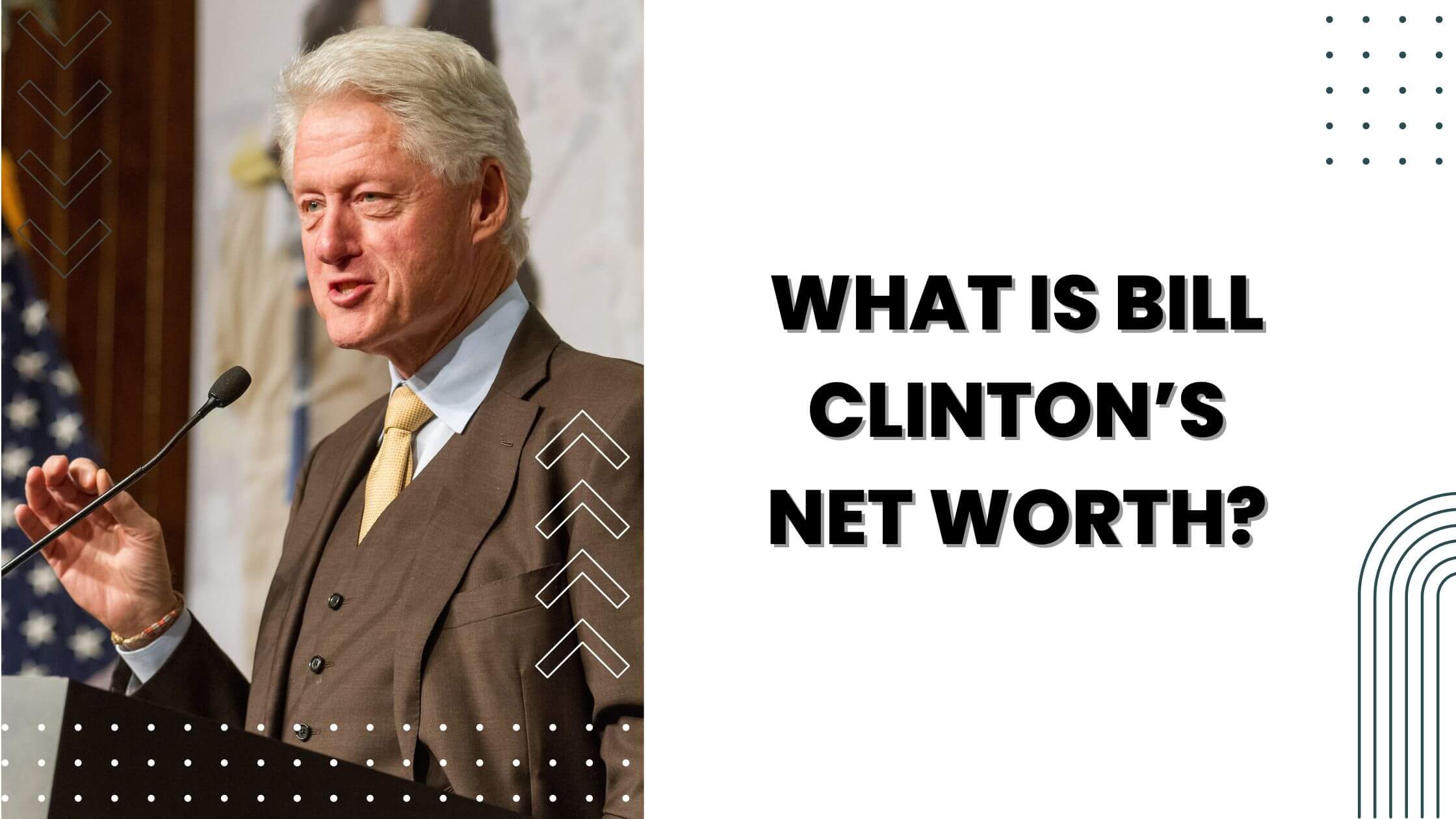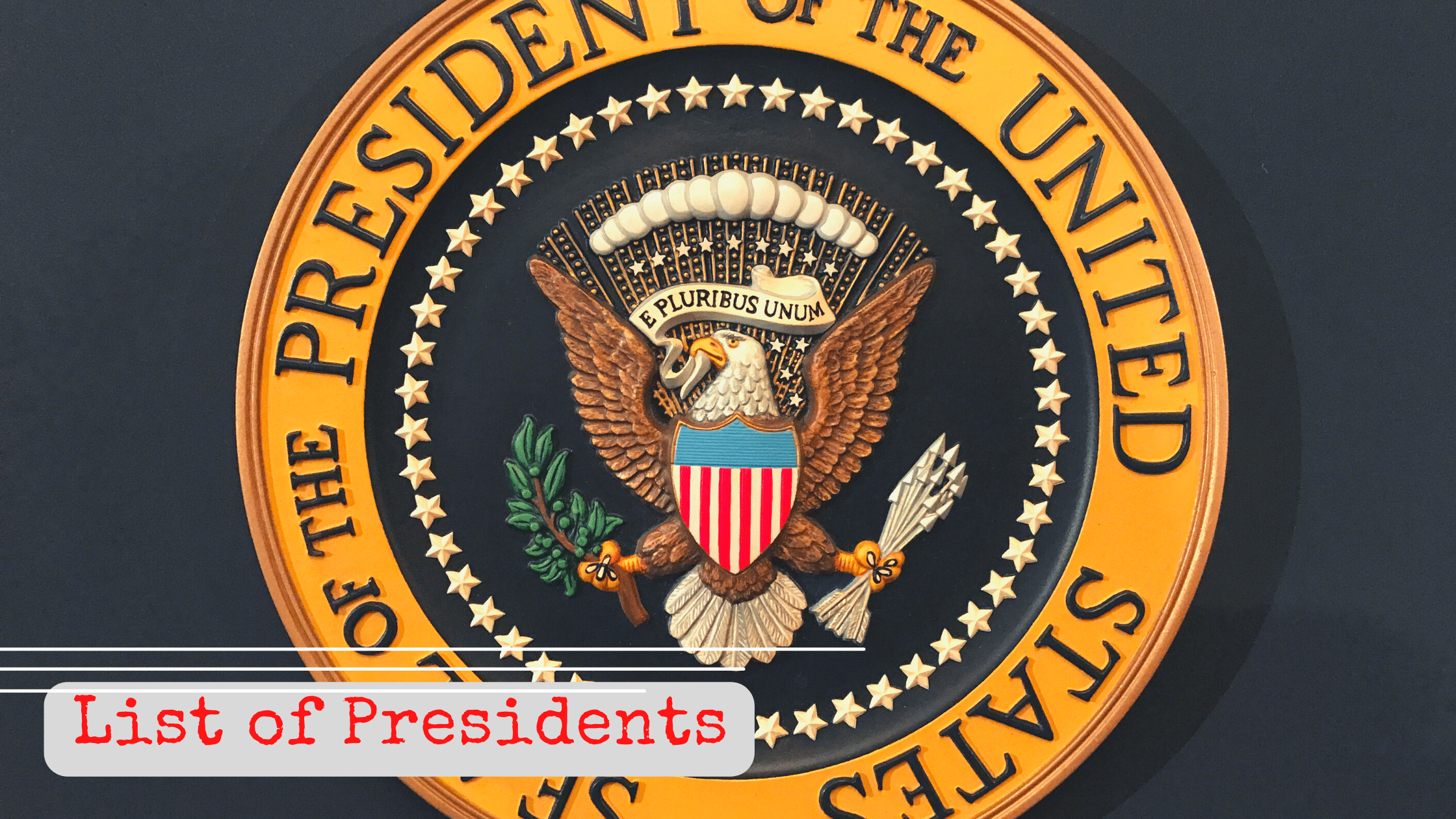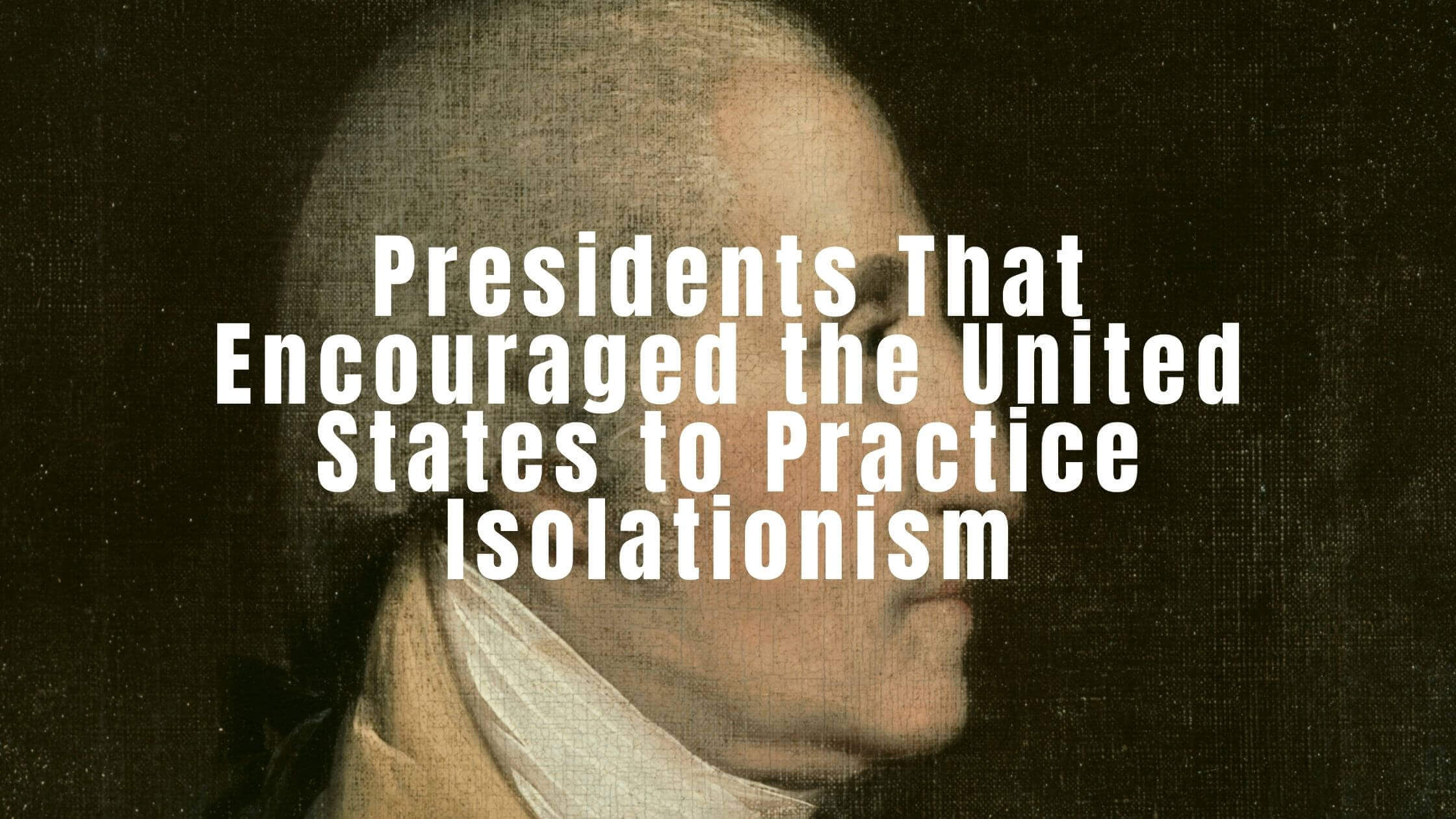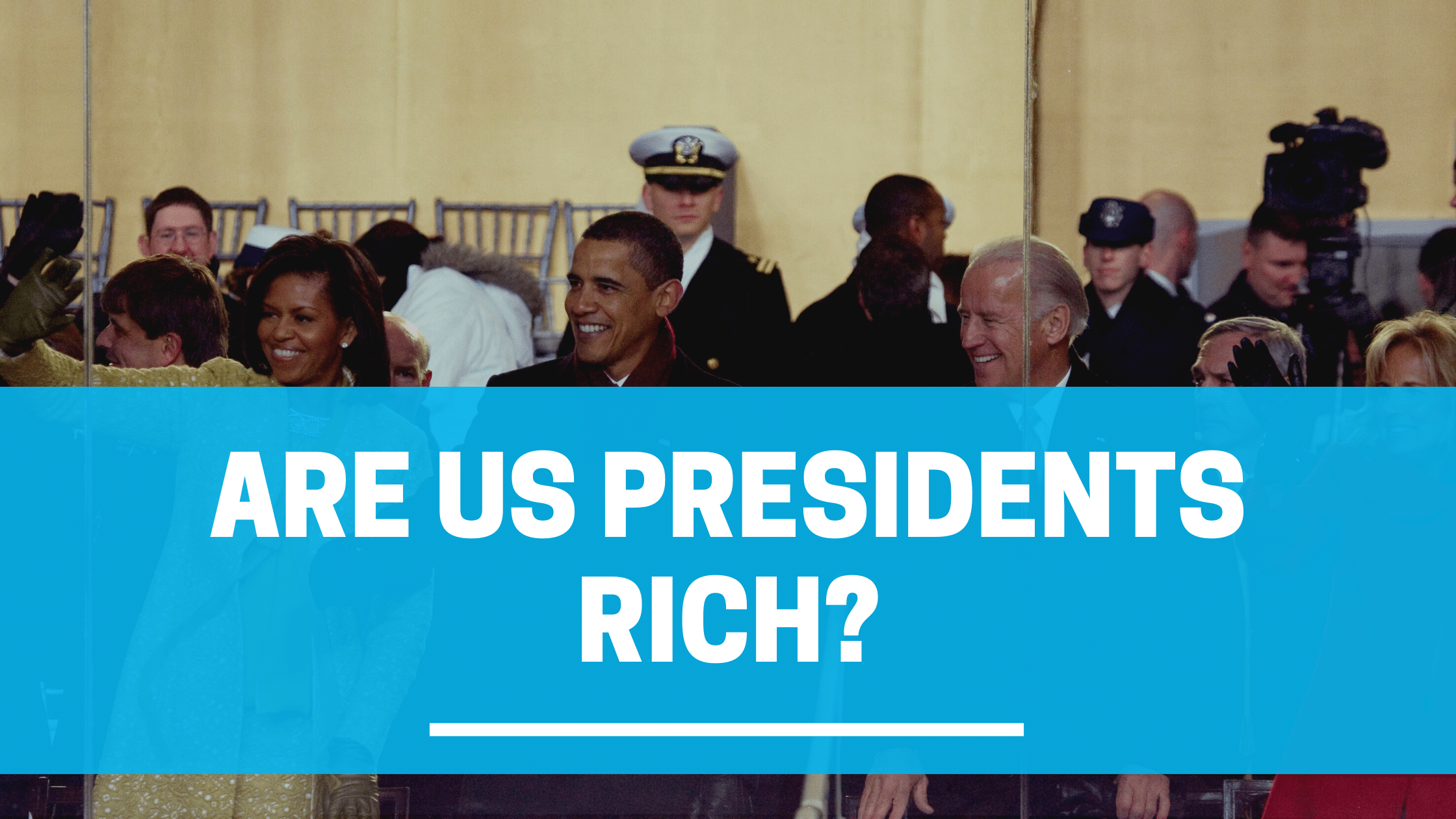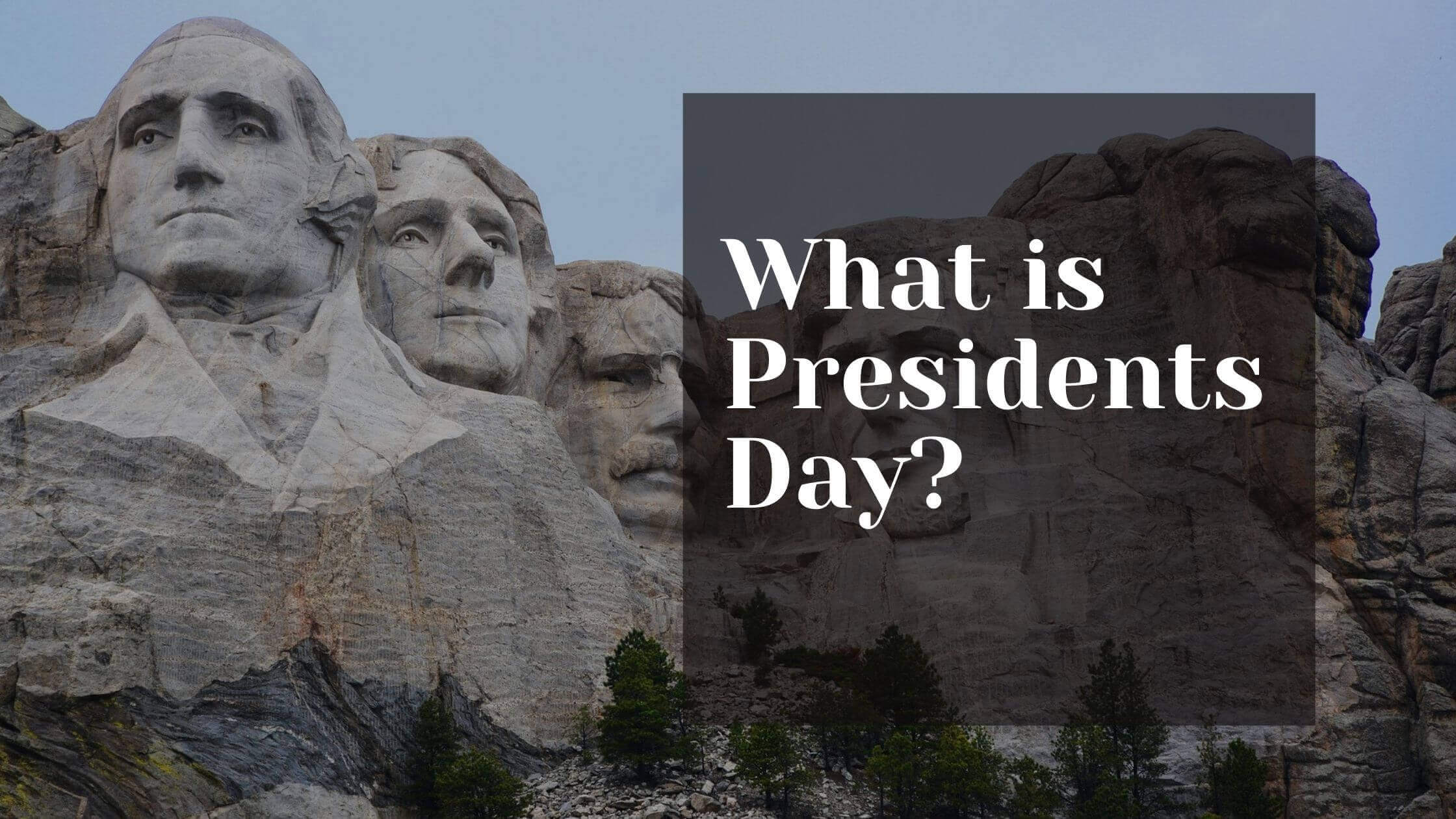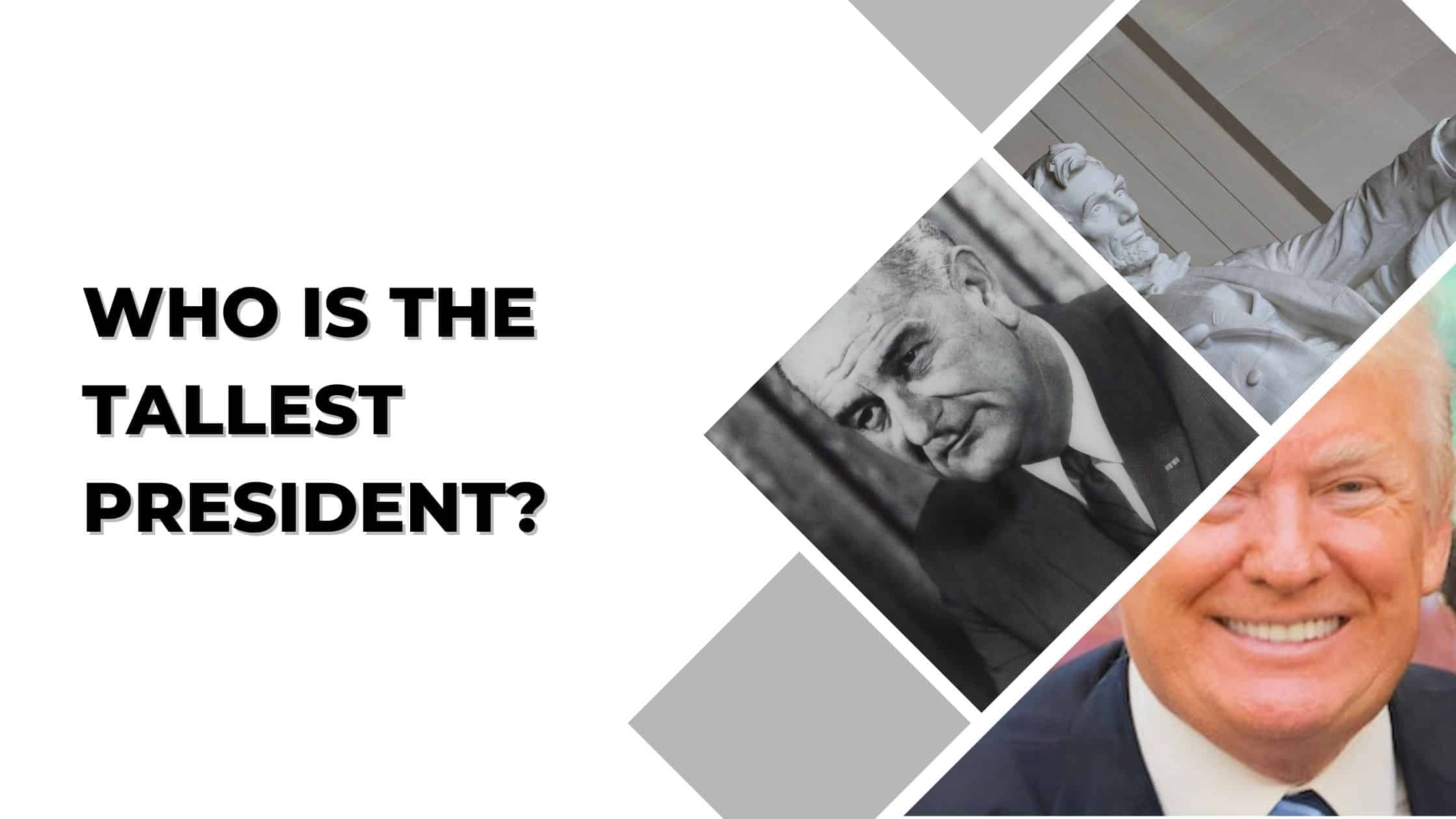Table of Contents
ToggleSources
- https://www.usmint.gov/learn/coin-and-medal-programs/circulating-coins
The U.S. Mint's official page on circulating coins provides authoritative information about the designs, history, and specifications of coins featuring U.S. presidents, including the penny, nickel, dime, quarter, and half-dollar. - https://www.si.edu/spotlight/coins
The Smithsonian Institution's spotlight on coins offers historical context and details about the presidents featured on U.S. coins, backed by the expertise of a renowned cultural and historical institution. - https://www.archives.gov/exhibits/charters/constitution.html
The National Archives provides reliable information about the Constitutional Convention, which George Washington presided over, reinforcing his historical significance and relevance to his appearance on the quarter. - https://www.marchofdimes.org/about/history.aspx
The March of Dimes official history page explains FDR's connection to the organization, which is the reason his likeness was chosen for the dime, making it a relevant and authoritative source. - https://www.usmint.gov/learn/coin-and-medal-programs/presidential-dollar-coins
The U.S. Mint's page on the Presidential $1 Coin Program provides official details about the program, including the timeline, designs, and reasons for its discontinuation, directly supporting the blog post's claims about these coins.
Key Points
- Five US presidents are featured on standard coins: Abraham Lincoln (penny), Thomas Jefferson (nickel), Franklin D. Roosevelt (dime), George Washington (quarter), and John F. Kennedy (half-dollar).
- Abraham Lincoln was added to the penny in 1909, marking the 100th anniversary of his birth, despite initial controversy among Civil War veterans.
- Thomas Jefferson's portrait was added to the nickel in 1938, commemorating his role as the third president and author of the Declaration of Independence.
- Franklin D. Roosevelt was placed on the dime in 1946 due to his association with the March of Dimes charity and his leadership during the Great Depression and WWII.
- George Washington first appeared on the quarter in 1932, honoring his role as the first president and Revolutionary War leader.
- John F. Kennedy was added to the half-dollar in 1964, less than a year after his assassination, chosen by his widow Jacqueline Kennedy.
- The Presidential $1 Coin Program (2007-2011) featured all presidents from Washington to George H.W. Bush, but excluded living presidents like Clinton, Bush, Obama, and Trump.
- Each president on these coins is recognized for their significant contributions to US history, such as Lincoln's abolition of slavery and FDR's New Deal reforms.
Summary
The blog post highlights the five U.S. presidents featured on standard coins: Abraham Lincoln (penny), Thomas Jefferson (nickel), Franklin D. Roosevelt (dime), George Washington (quarter), and John F. Kennedy (half-dollar). It also mentions the Presidential $1 Coin Program, which honored past presidents on dollar coins until 2011, excluding recent living presidents. Each coin reflects the historical significance and legacy of these leaders.
Presidents on Standard Coins
Many coins used in the United States have pictures of former presidents on their faces. Five former US presidents are found on standard coins.
The Penny: Abraham Lincoln
In 1909, Abraham Lincoln was added to the front of the penny, the one-cent coin. The first pennies with Lincoln on them came out a hundred years after he was born. Lincoln was the 16th president, serving as the nation’s leader during the Civil War. His efforts to defeat the Confederacy kept the United States from a permanent split. Under his presidency, Congress passed the 13th Amendment, which abolished the practice of slavery.

Lincoln’s addition to the penny was met with some controversy. Many civil war veterans were still alive in 1909, and the likeness of the man who vanquished the Confederacy’s secession was not a welcome sight for some. However, today, it isn’t easy to imagine the penny without Lincoln’s profile.
The Nickel: Thomas Jefferson
Jefferson’s portrait was added to the nickel, the five-cent coin, in 1938. The US Mint began to issue the Jefferson nickel five years before the 200th anniversary of his birth. Thomas Jefferson was one of the most influential politicians in the early United States and served as the nation’s third president.

He also wrote the Declaration of Independence. The back of the nickel featured Jefferson’s house, Monticello, for 66 years before the Westward Journey Nickel Series in 2004.
The Dime: Franklin D. Roosevelt
In 1946, FDR’s face was added to the dime, the 10-cent coin. FDR died in 1945, one year prior. The 10-cent coin was chosen to bear his likeness due to his work with a charity called March of Dimes, whose work to improve the health of mothers and babies continues today.
FDR served as president for four terms, helping America through the Great Depression and World War II. He enacted the New Deal, a set of government reforms that helped pull America out of the Depression, and started programs like Social Security.
The Quarter: George Washington
George Washington was first found on the face of the quarter in 1932. Washington was the United States’ first president. An incredibly popular figure, Washington ran for president virtually unopposed twice.
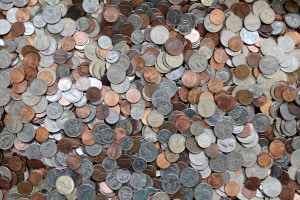
He commanded the Continental Army during the Revolutionary War, leading the colonists to victory against occupying British forces. He also presided over the Constitutional Convention, the delegation that wrote the framing document of the modern United States government.

Washington’s image on the quarter resulted from a nationwide contest. Participants submitted designs in early 1932, with instructions to base their work on a bust by Jean-Antoine Houdon. The coin’s image of Washington is based on the work of New York sculptor John Flanagan.
The Half-Dollar: John F. Kennedy
JFK’s likeness was added to the half-dollar (or 50-cent piece) less than a year after his assassination.
When John F. Kennedy was assassinated in 1963, US Mint Director Eva Adams spoke to Chief Engraver Gilroy Roberts within hours about putting JFK on a coin.
His widow, Jacqueline Kennedy, chose the 50-cent piece as the denomination. Congress approved the new coin about a month after his death, and it went into circulation the following year, in 1964.

Kennedy was the nation’s youngest president ever. During his three-year tenure as president, he challenged the nation to put a man on the moon, started the Peace Corps, and proposed major civil rights reform to Congress.

Get Smarter on US News, History, and the Constitution
Join the thousands of fellow patriots who rely on our 5-minute newsletter to stay informed on the key events and trends that shaped our nation's past and continue to shape its present.
Presidents on Unusual Coins
In 2007, the US Mint began issuing the presidential dollar coin depicting each president of the United States. According to the plan, Between 2007 and 2016, the Mint would issue four new coins each year, each depicting one of the nation’s presidents on the face. The back of each coin bears an engraving of the statue of liberty.
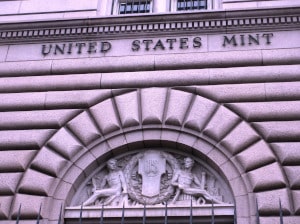
The Presidential $1 Coin Program stopped minting new coins in 2011. However, coins featuring all presidents between George Washington and George H.W. Bush were issued before it ended. Consequently, almost all historic US Presidents can be found on (somewhat rare) $1 coins.
A handful of recent former presidents did not appear on coins issued by this program. These living presidents were Bill Clinton, George W. Bush, Barack Obama, and Donald Trump.
What Presidents Have Been on Coins? Quiz
Frequently Asked Questions
Which US president is featured on the penny and why was his addition controversial in 1909?
What significant event is Thomas Jefferson known for, and when was his portrait added to the nickel?
Why was Franklin D. Roosevelt chosen to appear on the dime?
How did George Washington's image come to be on the quarter?
Which president appears on the half-dollar, and what was unique about the timing of this coin's release?
How useful was this post?
Click on a star to rate it!
Average rating / 5. Vote count:
No votes so far! Be the first to rate this post.
We are sorry that this post was not useful for you!
Let us improve this post!
Tell us how we can improve this post?

